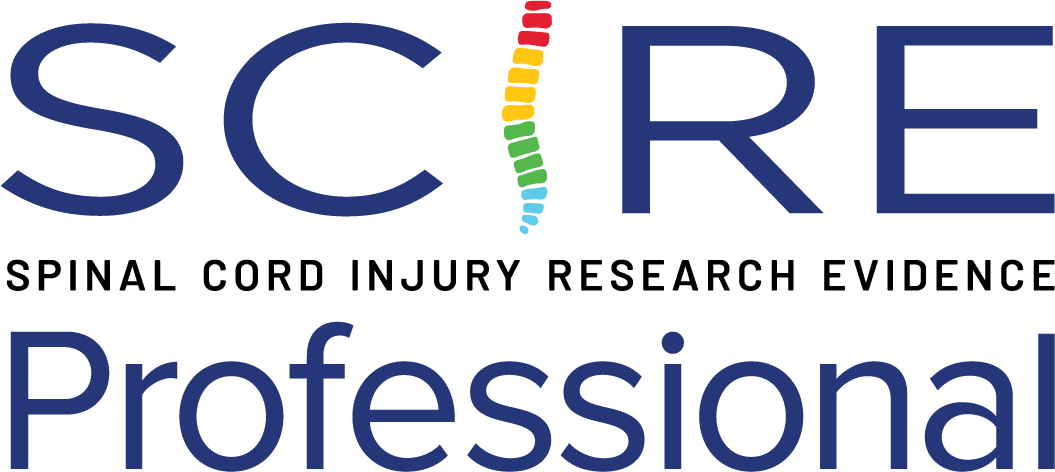Key Points
- Those with higher level and more severe injuries have longer rehabilitation LOS.
- Rehabilitation LOS in the United States and Israel has become progressively shorter over the last few decades.
- Most individuals make significant functional gains during inpatient rehabilitation.
- A significant proportion of people improve one AIS (ASIA Impairment Scale) grade in the first few months post-injury, particularly those initially assessed AIS B and C.
- Treatment times and intensities vary extensively between patients.
- Increased therapeutic intensity has not been shown to have functional benefits.
- Younger individuals with paraplegia appear to have shorter rehabilitation length of stays than older individuals.
- Younger individuals may make greater functional gains during rehabilitation than older individuals.
- Younger individuals with tetraplegia may make greater gains in neurological status during rehabilitation than older individuals and experience greater levels of independence.
- Compared to younger individuals, those who are older are at an increased risk of developing pressure sores and being discharged to extended care.
- In general, individuals with non-traumatic SCI may have reduced LOS and less functional improvement with rehabilitation as compared to those with traumatic SCI. Additional studies that better control for non-traumatic subtypes are required.
- There are no significant effects of gender on rehabilitation outcomes.
- Low socioeconomic status may affect access to comprehensive SCI care and in turn, rehabilitation outcomes.
- Neither gender nor race effects have been demonstrated definitively for discharge destination, complications, rehabilitation LOS and neurological or functional status in patients with SCI.
- More specialized, interdisciplinary acute SCI care is associated with faster transfers to rehabilitation and may result in fewer medical secondary complications, more efficient functional gains and reductions in overall mortality.
- Earlier admission to specialized, interdisciplinary SCI care is associated with reduced length of total hospital stay and greater and faster rehabilitation gains with fewer medical secondary complications.
- Prospective studies with stronger designs are needed to strengthen the evidence and provide more direction as to the optimal model of care.
- Routine, comprehensive, specialist follow-up services may result in improved health in individuals with SCI.
- Multidisciplinary outpatient rehabilitation programs may complement inpatient rehabilitation programs to promote functional recovery in individuals with SCI.
- In the absence of protocolized SCI care, regular and accessible interdisciplinary follow-up and outpatient care can result in functional goal attainment.
- Telerehabilitation may enhance patient satisfaction and improve functional outcomes in patients with SCI, although, some concerns exist regarding the cost and risks (i.e., medical liability) of implementation.
- Individuals with SCI indicate there is a need for community reintegration programs.
- Hospital readmission occurs frequently for persons with SCI (particularly the first year post injury), with UTIs, pressure ulcers, respiratory infections and musculoskeletal problems among the most frequent causes.
- Persons with SCI have more physician contacts than the general population, particularly the first year post injury.
- Persons with chronic SCI are more likely to seek out family physicians than specialists; however, a significant proportion are not satisfied with the services received as accessibility barriers, lack of routine screening and critical health concerns are often not addressed.
- A lack of access to care for preventable conditions often leads to emergency department visits as a substitute for primary care, particularly in rural areas.
Chapter Downloads
Patient Handouts
Outcome Measures
Toolkits and CPGs
Active Clinical Trials
